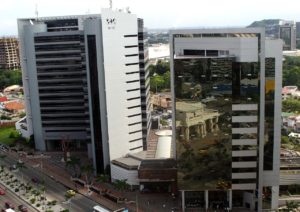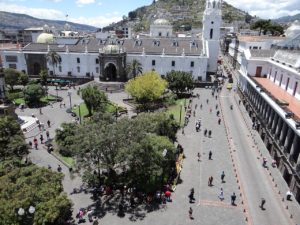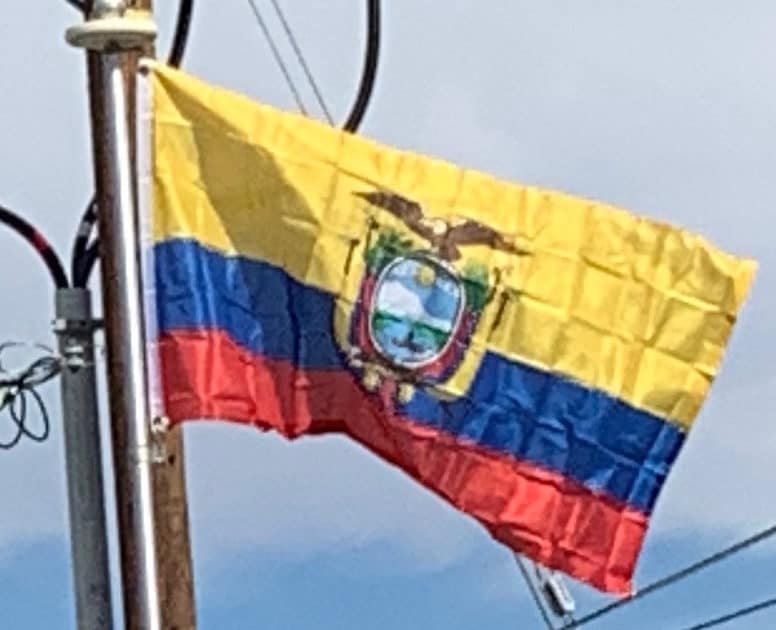
In the agricultural sector, Ecuador is a major exporter of bananas (first place worldwide in production and export), flowers, and the seventh largest producer of cocoa. Ecuador also produces coffee, rice, potatoes, cassava (manioc, tapioca), plantains and sugarcane; cattle, sheep, pigs, beef, pork and dairy products; fish, and shrimp; and balsa wood. The country’s vast resources include large amounts of timber across the country, like eucalyptus and mangroves. Pines and cedars are planted in the region of La Sierra and walnuts, rosemary, and balsa wood in the Guayas River Basin. The industry is concentrated mainly in Guayaquil, the largest industrial center, and in Quito, where in recent years the industry has grown considerably. This city is also the largest business center of the country. Industrial production is directed primarily to the domestic market. Despite this, there is limited export of products produced or processed industrially. These include canned foods, liquor, jewelry, furniture, and more. A minor industrial activity is also concentrated in Cuenca. Incomes from tourism has been increasing during the last few years because of the Government showing the variety of climates and the biodiversity of Ecuador.
Tourism:
The historic center of Quito has one of the largest and best-preserved historic centers in the Americas. The city also houses a large number of museums. The Ministry of Information and Tourism was created on August 10, 1992, at the beginning of the government of Sixto Durán Ballén, who viewed tourism as a fundamental activity for the economic and social development of the peoples. Faced with the growth of the tourism sector, in June 1994, the decision was taken to separate tourism from information, so that it is exclusively dedicated to promoting and strengthening this activity.

Ecuador is a country with vast natural wealth. The diversity of its four regions has given rise to thousands of species of flora and fauna. It has around 1640 kinds of birds. The species of butterflies border the 4,500, the reptiles 345, the amphibians 358 and the mammals 258, among others. Not in vain, Ecuador is considered one of the 17 countries where the planet’s highest biodiversity is concentrated, being also the largest country with diversity per km2 in the world. Most of its fauna and flora lives in 26 protected areas by the State. Also, it has a huge culture spectrum. Since 2007, with the government of Rafael Correa, the tourism brand “Ecuador Ama la Vida” has been transformed, with which the nation’s tourism promotion would be sold. Focused on considering it as a country friendly and respectful of the nature, natural biodiversity and cultural diversity of the peoples. And for this, means of exploiting them are developed along with the private economy.
The country has two cities UNESCO World Heritage Sites: Quito and Cuenca, as well as two natural UNESCO World Heritage Sites: the Galapagos Islands and Sangay National Park in addition to one World Biosphere Reserve, such as the Cajas massif. Culturally, the Toquilla straw hat and the culture of the Zapara indigenous people are recognized. The most popular sites for national and foreign tourists have different nuances due to the various tourist activities offered by the country.
